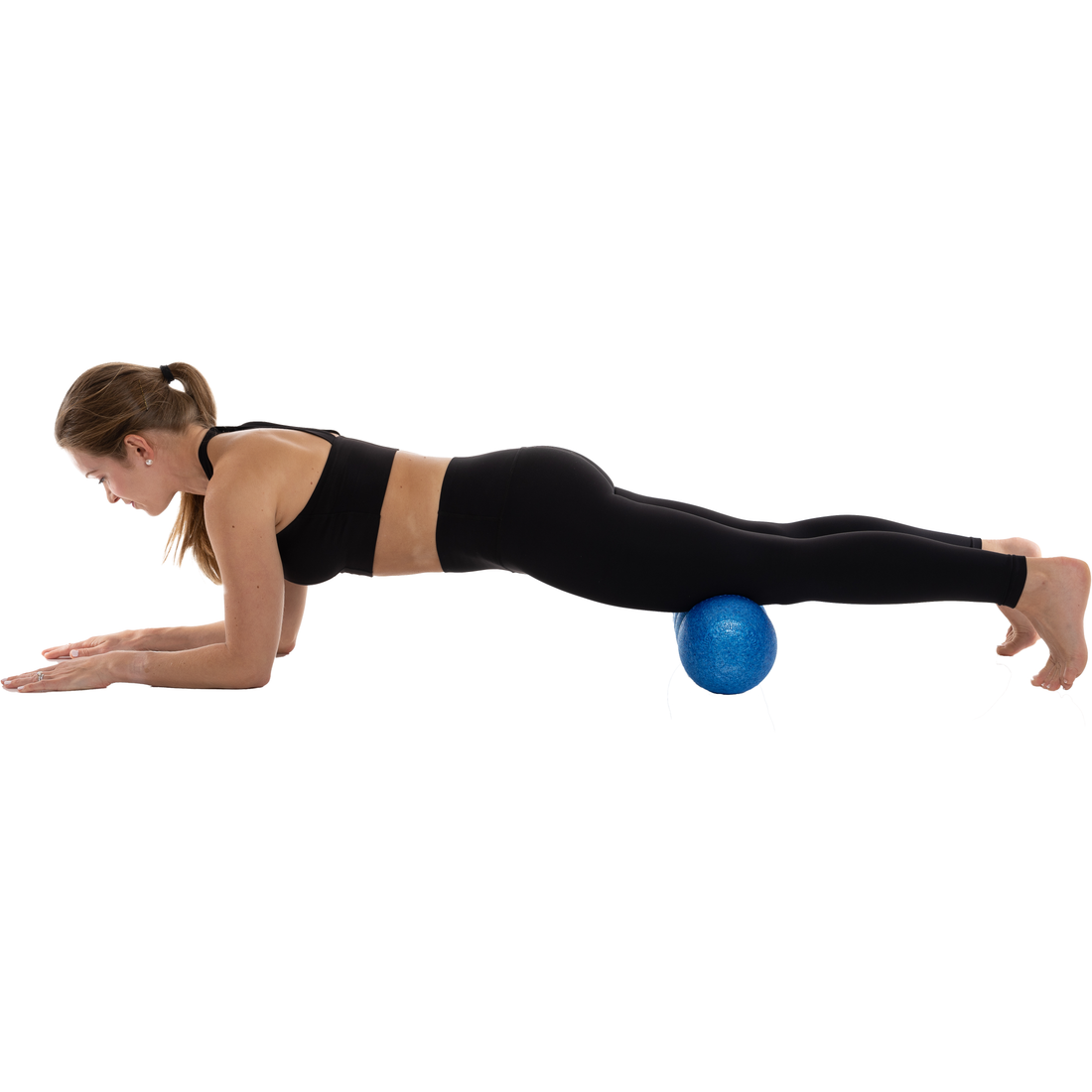
Foam rolling is a popular technique used to release muscle tension and tightness, improve flexibility, and reduce the risk of injury. However, there are certain areas of the body where foam rolling may not be appropriate or effective.
The Rollga Foam Roller is much more effective and efficient at reaching just the right areas of the body because of the incredible design. It targets muscles and problem areas precisely and perfectly!
Here are some areas where you should be cautious when using a foam roller:
-
Neck: The neck is a sensitive area, and using a foam roller here can potentially cause injury to the vertebrae or nerves. It is recommended to avoid foam rolling directly on the neck.
-
Lower back: Foam rolling directly on the lower back can put a lot of pressure on the spine and may cause further injury or discomfort. It is better to use a tennis ball or a massage ball instead to target the lower back muscles.
-
Joints: Avoid foam rolling directly on joints, such as the knees or elbows, as this can cause damage to the joint or surrounding tissue.
-
Bony areas: Foam rolling directly on bony areas such as the shins, hips, or shoulders can be painful and may cause injury. It is better to target the surrounding muscles instead. The Rollga Foam Roller avoids bony areas because of the contours that specifically avoid bones and target muscle knots.
In general, it is recommended to consult with a healthcare professional or a certified trainer before incorporating foam rolling into your fitness routine, especially if you have any medical conditions or injuries. They can provide guidance on the best areas to target and the correct techniques to use.
Foam rolling can be an effective self-massage technique for addressing muscle soreness and tightness, but it is important to use caution and proper technique to avoid injury. Foam rolling is best used on large muscle groups like the back, legs, and hips, and can be particularly helpful for runners, weightlifters, and other athletes. Additionally, foam rolling can be used as part of a warm-up or cool-down routine to help prevent injury and enhance performance. If you are new to foam rolling or have any medical conditions, it is always a good idea to seek advice from a healthcare professional before starting a foam rolling program.
